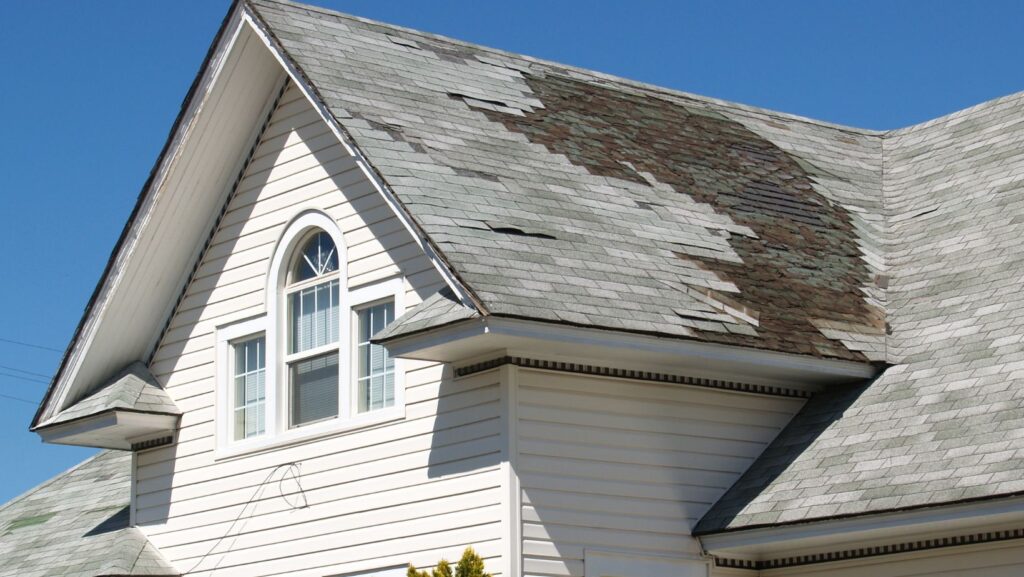
You move into a new home expecting comfort and reliability. Instead, cracks snake across your walls and water stains bloom on the ceiling. These aren’t minor flaws; they’re signs that something went wrong in the construction process. For Texas homeowners, foundational shifts and roofing failures can mean costly repairs, stress, and ongoing damage that chips away at the home’s value.
But you may not have to absorb those losses alone. Construction defect laws in Texas provide options for homeowners who discover serious structural issues. If your builder cut corners or ignored critical standards, you could be entitled to financial recovery. With legal support fromPorter Law Firm, it’s possible to get the compensation needed to restore both your home and your peace of mind.
When Is a Construction Defect More Than a Flaw?
Not every crack or leak is cause for alarm, but some signal underlying structural failures. A shifting foundation can make doors stick and walls separate. A leaking roof can lead to wood rot, mold, and internal damage that spreads over time. These issues may not be immediately obvious, but their consequences grow quickly.
Texas law generally defines a construction defect as a condition that violates building codes or fails to meet accepted standards of design, material, or workmanship. When these defects result in physical damage or impact your ability to safely occupy or use the home, they often become legally actionable.
Why Small Defects Can Have Big Financial Consequences
A simple leak might cost a few hundred dollars to patch. But if the leak causes drywall to fail, flooring to warp, or insulation to mold, your repair costs can multiply fast. Foundation issues can affect the structural integrity of the entire home, often requiring engineering interventions and extensive reconstruction.
In addition to direct repair expenses, construction defects can lower the resale value of your home. Future buyers may hesitate or demand deep discounts, especially if the problem was documented. Compensation is not just about fixing what’s broken. It’s about recovering the value and security you were promised when you bought the home.
What Builder Warranties Typically Include
Most Texas builders provide express warranties, which offer coverage for specific time periods and systems. These may include one-year coverage for workmanship, two years for mechanical systems, and ten years for structural components. However, many builders limit or exclude coverage in ways homeowners don’t always notice.
Even when a valid warranty exists, getting the builder to respond can be difficult. Builders may downplay the issue or suggest it’s the homeowner’s fault. It’s important to review the warranty terms, understand the coverage limits, and keep a record of all repair requests and responses.
The Role of the Residential Construction Liability Act (RCLA)
Under the RCLA, Texas homeowners must notify the builder in writing and allow time for inspection and a proposed fix before filing a lawsuit. This gives the builder a chance to resolve the issue, but it also sets up a clear process for escalating the dispute if no fair offer is made.
Complying with RCLA procedures protects your right to pursue legal action. If the builder refuses to repair or the proposed remedy is inadequate, you may proceed with a formal claim. This statute helps ensure that builders take complaints seriously while also preserving your access to compensation.
The Importance of Expert Inspections
An expert inspection can reveal whether a defect is superficial or part of a larger problem. Licensed engineers, structural inspectors, and roofing specialists provide assessments that are critical in both negotiating repairs and preparing for legal action.
Courts and insurance adjusters rely heavily on these third-party reports. They establish the cause and extent of the defect, which helps determine responsibility. A solid inspection report often makes the difference between a claim being dismissed and one that is taken seriously.
Types of Compensation Available to Texas Homeowners for Construction Defects
When construction defects affect your home, Texas law provides several avenues for financial recovery. Depending on the severity and circumstances, you may be eligible for the following types of compensation:
- Cost of repairs to fix structural issues, code violations, or poor workmanship
- Replacement or reimbursement for damaged personal property affected by the defect
- Loss of use damages if you are unable to occupy your home during repairs
- Diminished property value resulting from unresolved or permanent defects
- Additional damages in cases involving gross negligence or willful misconduct by the builder
- Attorney’s fees and expert costs, which may be recoverable under specific Texas statutes
The exact value of your claim will vary based on the nature of the defect, the builder’s response, and the economic harm caused. A thorough review by a construction defect attorney is essential to assess your legal options and determine the best path forward.
What If the Builder Is No Longer Around?
When a builder goes out of business or files for bankruptcy, pursuing a claim becomes more complex. However, there may still be avenues for recovery. Homeowners can sometimes pursue claims against subcontractors, material suppliers, or warranty insurance providers.
Tracing liability may involve reviewing building permits, contracts, and property records. Even if the original builder disappears, you are not necessarily out of options. Experienced legal counsel can help identify other responsible parties and build a strong case for recovery.
The Importance of Taking Action Promptly
Construction defect claims are subject to time limits. In Texas, most claims must be brought within four years of discovering the defect. For structural issues, a ten-year statute of repose applies, counting from the completion of the construction.
Delaying action can weaken your case and close the door on legal remedies. If you notice symptoms of a serious defect, it’s important to document everything and seek a legal evaluation promptly. Early intervention increases the chances of successful repair, resolution, or recovery.













